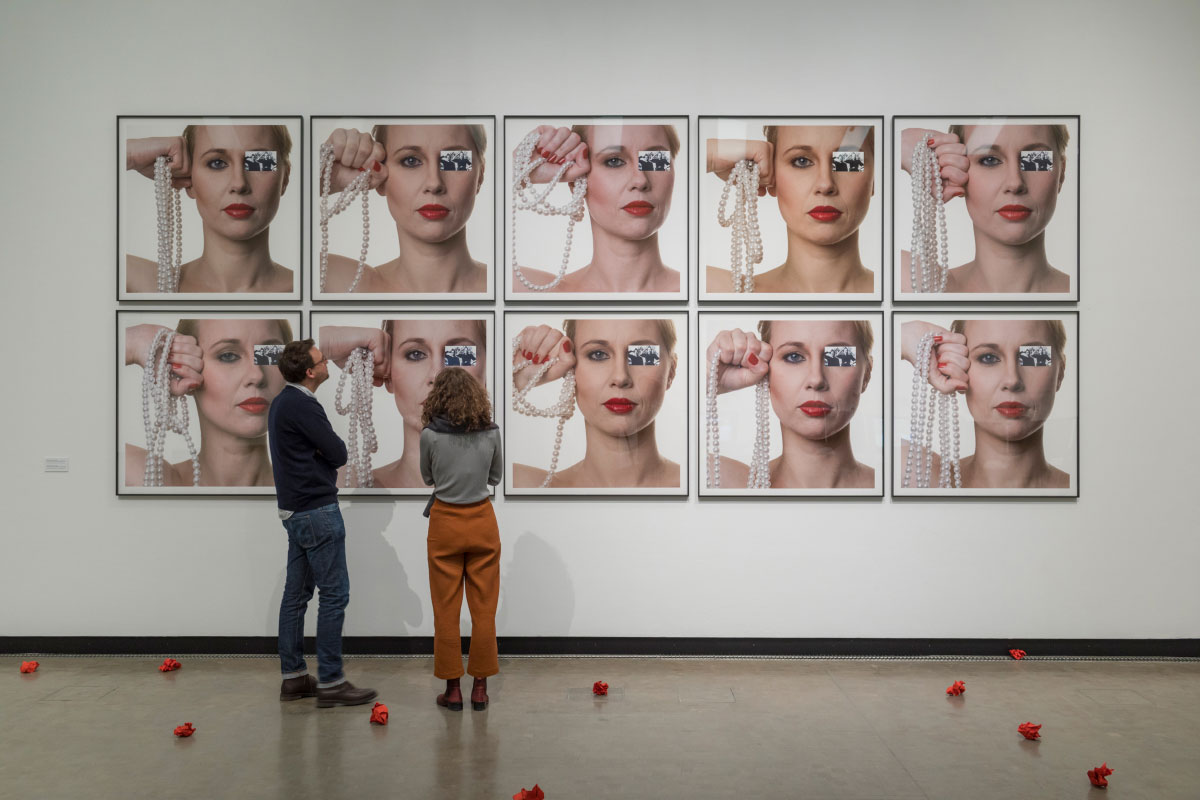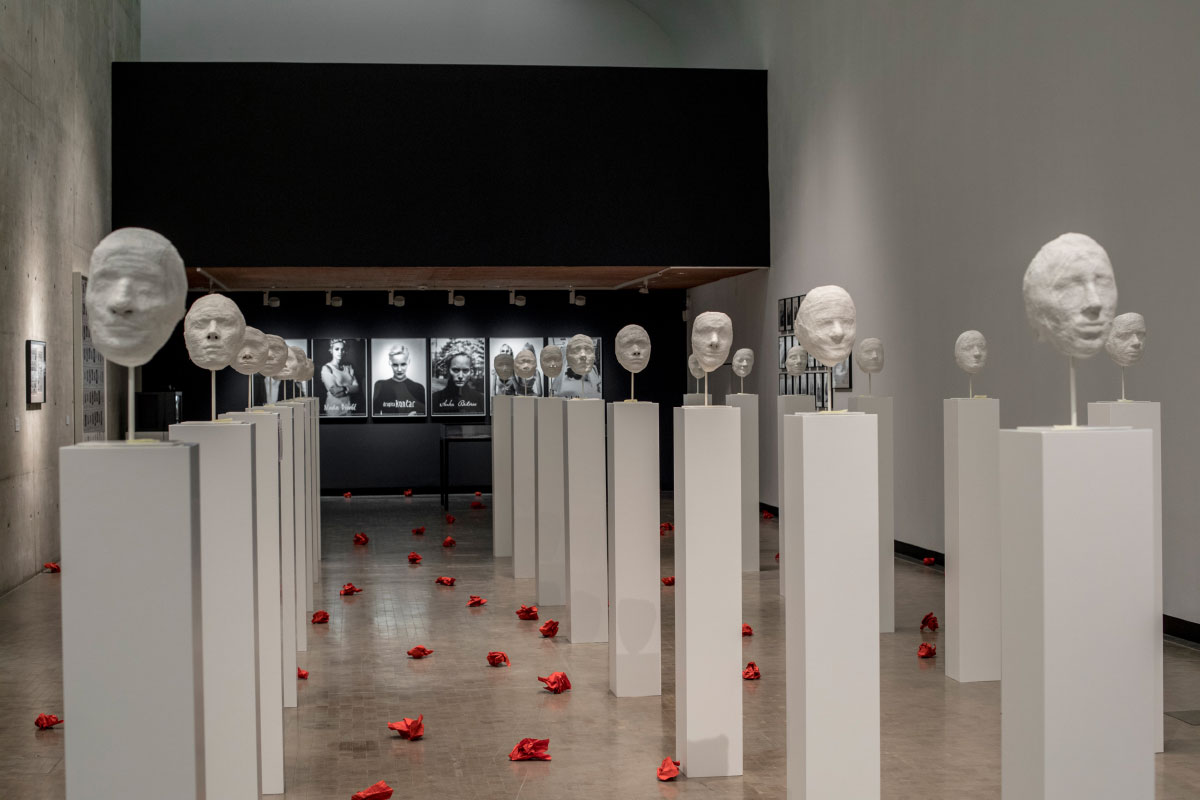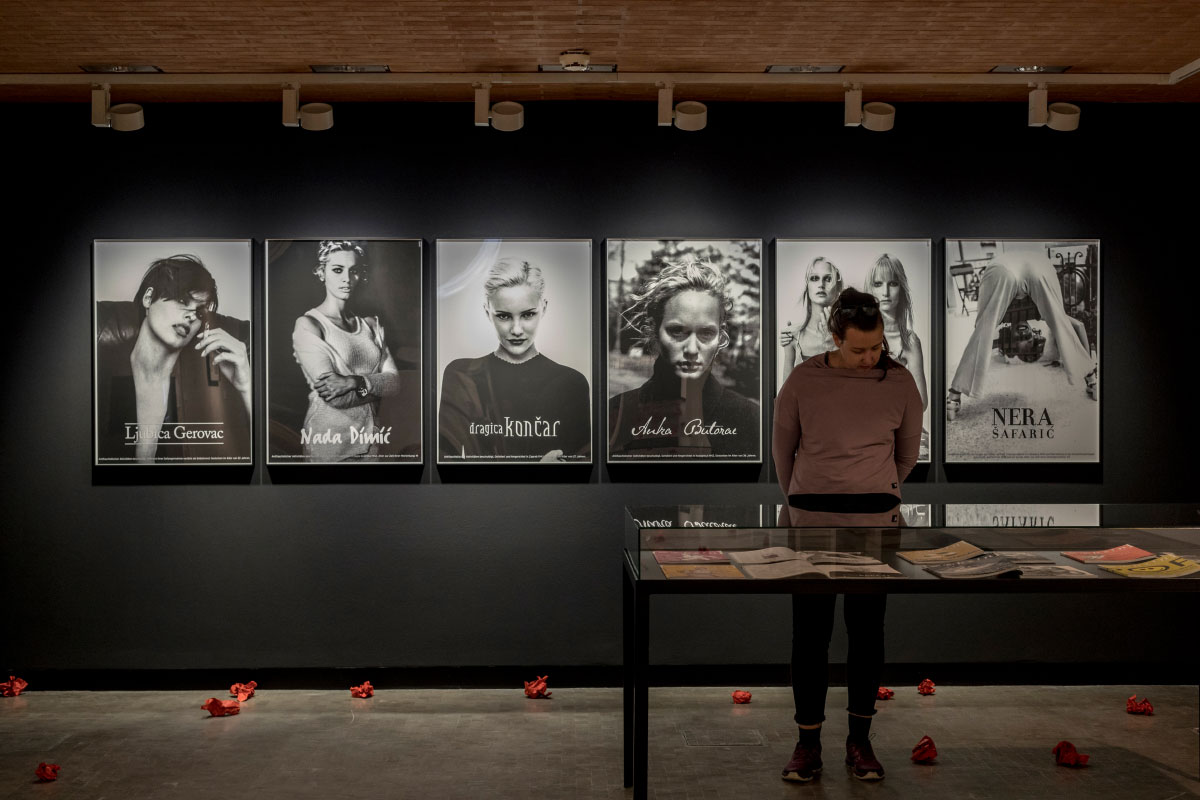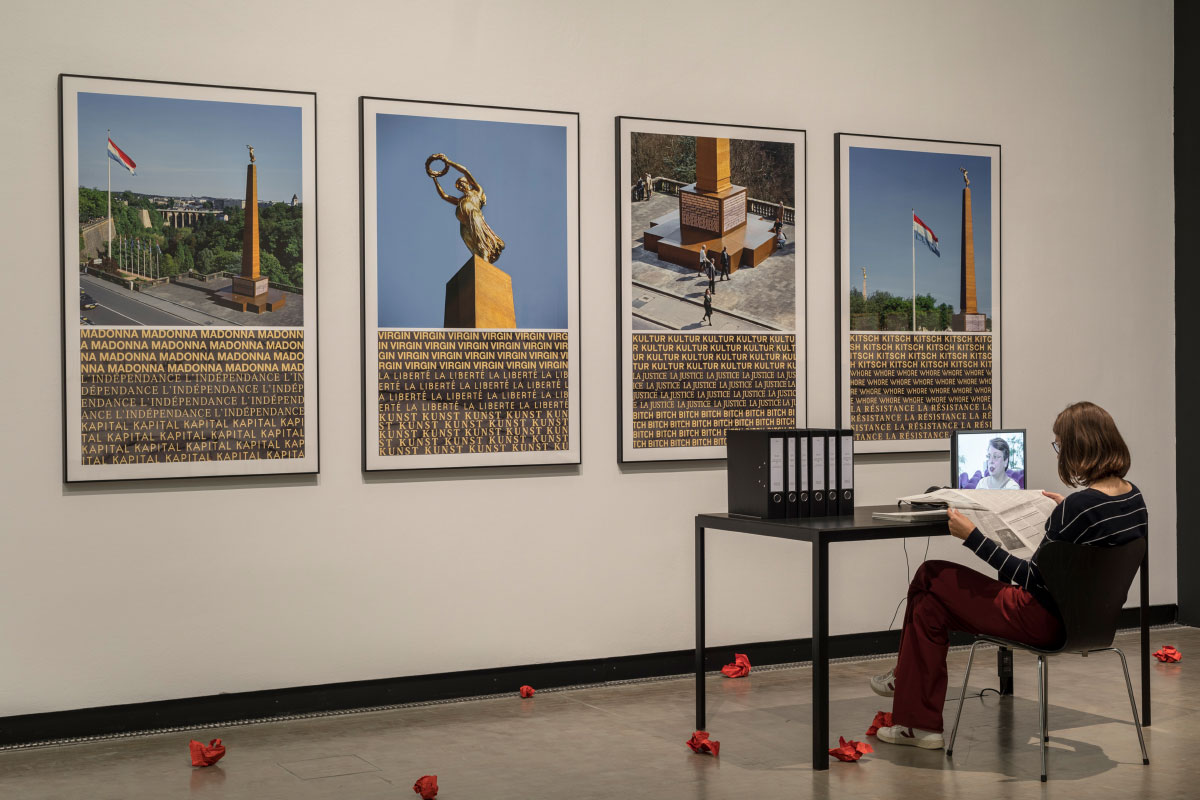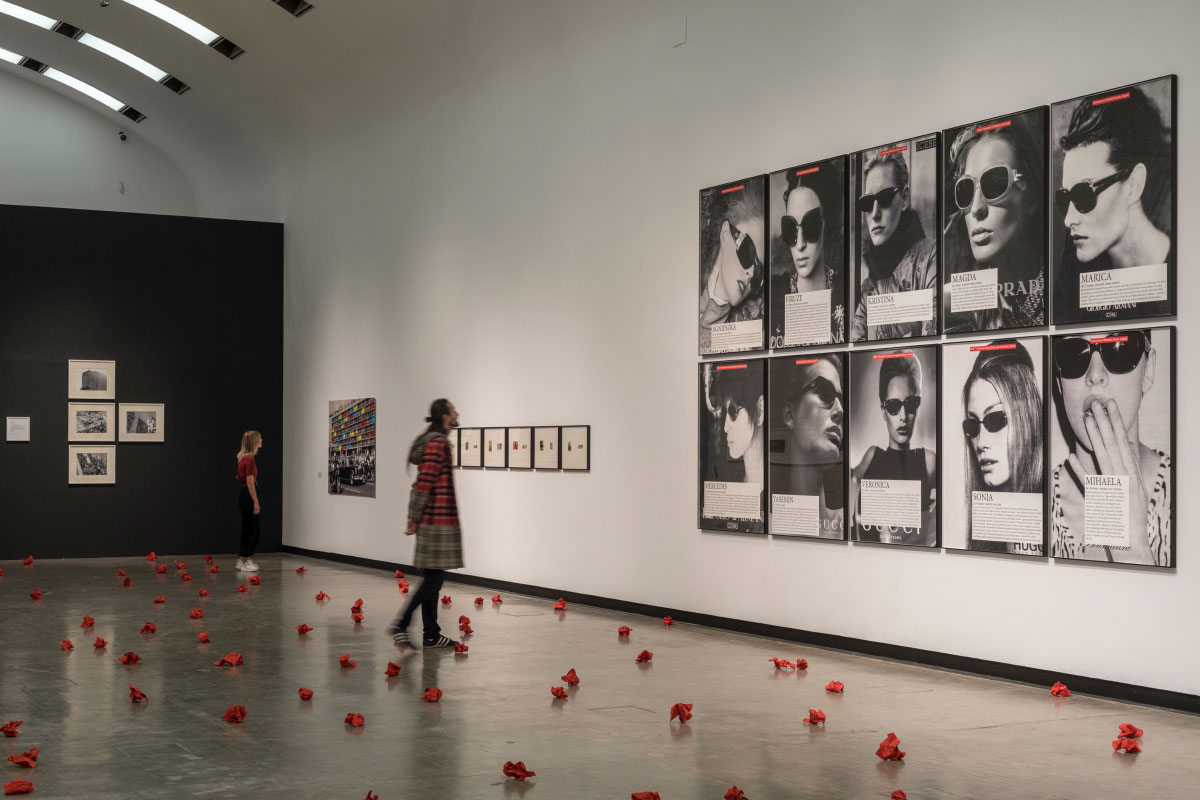PRESENTATION: Sanja Iveković-Works of Heart (1974–2022)
![Sanja Iveković, Novi Zagreb (Ljudi iza prozora) [New Zagreb (People behind the Windows)], 1979/2006, courtesy the artist](http://www.dreamideamachine.com/web/wp-content/uploads/2022/10/00-2.jpg) Since the 1970s, Sanja Iveković’s artistic practice has taken a clear feminist and activist position and has continuously confronted issues of gender and politics. Iveković’s works often start from very personal settings and life circumstances, which are juxtaposed with official histories and mainstream depictions in order to explore representations of female identity, female history, violence against women, state oppression, and manifestations of ideology through mainstream media.
Since the 1970s, Sanja Iveković’s artistic practice has taken a clear feminist and activist position and has continuously confronted issues of gender and politics. Iveković’s works often start from very personal settings and life circumstances, which are juxtaposed with official histories and mainstream depictions in order to explore representations of female identity, female history, violence against women, state oppression, and manifestations of ideology through mainstream media.
By Efi Michalarou
Photo: Kunsthalle Wien Archive
While covering the wide range of subjects addressed by Sanja Iveković’s art practice, “Works of Heart (1974–2022)” looks into neglected histories of antifascism and socialism through the prism of her personal history, and it addresses one of the key concerns of her work—the relationship of history to contemporaneity. The exhibition brings together works that span the artist’s prolific career: from early feminist pieces that focused on the relationship between mass media and ideology, created as part of the Nova umjetnička praksa [New Art Practice] movement in Yugoslavia, to her later projects that examined the transformation of Balkan countries from socialist to nationalist political systems, as well as ongoing projects such as Ženska kuća [Women’s House], which engages with a wide variety of issues related to violence against women, including the sex industry in Bangkok, honor killings in Turkey, and the impact of war in the former Yugoslavia. “Works of Heart” (1974–2022) is retrospective in nature, but, at the same time, Iveković works here and now: her art wants to leave traces in reality; it has a performative power that strives for gender equality, anti-fascism, emancipation of collective memory, and solidarity. The series “GEN XX” (1997–200)1consists of six prints made by combining black-and-white images of fashion models with short biograph-ical information on six women who fought in the anti-fascist resistance in Yugoslavia during World War II. The images were taken from fashion maga-zine advertisements and include some of the most famous supermodels of the 1990s, such as Linda Evangelista and Amber Valletta. By contrast, the names of women partisans—Anka Butorac, Zdenka and Rajka Baković, NadaDimić, Ljubica Gerovac, and Dragica Končar, all celebrated as national heroines in socialist Yugoslavia—were marginalized and forgotten in the decidedly anti-communist climate of the post-socialist transition of the 1990s. By montaging the familiar and attention-grabbing faces of supermodels with biographies of women who sacrificed their lives to fight against fascism and for a socialist revolution, and by publishing these montages as media interventions in local magazines, Iveković reactivated an affirmative, emancipatory reading of communist his-tory, as well as the history of women’s liberation. The work’s title suggests the transgenerational character of this reactivation. This is explicit in the one piece in the series that does not use a picture of a model but that of the artist’s own mother, Nera Šafarić-Iveković , who was also a member of the partisan resistance, as well as an Auschwitz survivor. The project “The Invisible Women of Erste Campus” (2016) was commissioned for the Erste Campus, the new office complex built on the site of the former Südbahn-hof train station in Vienna, which brings together 4,500 employees of Erste Holding, Erste Bank Oesterreich, and its subsidiaries. Curators Kathrin Rhomberg and Pierre Bal-Blanc invited ten artists to develop new projects to be displayed on the premises of the Campus. Inspired by the Berwick Street Film Collective documentary Nightcleaners (1975), Iveković made a film in collaboration with a group of 20 women, mostly immigrants from Southeastern and Eastern Europe, who clean the vast premises of the Campus. In addition to documenting the overwhelming contempo-rary architecture and the cleaners’ after-hours work inside it, Iveković also recorded a video portrait of each woman. The women were asked to choose from a selection of verses excerpted from the work of Croatian poet Aida Bagić and recite them for the camera in their native language. The verses referenced the themes of origin, displacement, women’s labor, everyday routines, and endurance. On the premises of the Campus, the film is presented on monitors installed in the elevator areas throughout the building. Whereas these parts of the work are only accessible to the employees working on-site, during the exhibition, the film is also presented to the public in the Atrium of Erste Campus in cooperation with Kunsthalle Wien.
The work “Make-Up” (1979) consists of a black-and-white magazine portrait of a female model, upon which the artist intervened using sewing pins. The pins pierce through the model’s eyebrows, face, and lips, and their colored heads contrast with the black-and-white image. In “Nova zvijezda (1983) , three horizontal paper stripes—blue, white, and red—mimic the flag of the Socialist Federal Republic of Yugoslavia. The universal communist symbol in the center of the Yugoslav flag, the five-pointed red star, is replaced by a pile of human hair: beard and head hair that the artist shaved off of her then partner, Dalibor Martinis. The hair is arranged in a triangular shape, resembling pubic hair. Novi Zagreb (Ljudi iza prozora) (1979/2006) s an enlarged copy of an intervention that the artist made on a black-and-white newspaper photograph, documenting Yugoslav presi-dent Josip Broz Tito and his wife Jovanka’s official visit to Zagreb in 1979. For security reasons, all inhabitants of the streets the presidential parade would pass through were asked to stay away from the windows and balconies, and to keep them closed with the shutters pulled down. As could be discerned from the photograph of the motorcade published in a local newspaper, however, many citizens disobeyed the order and watched the parade from their balconies. The artist colored all such balconies red, blue, and yellow, creating a geometric composition that, together with the rectangular grid of the modernist building depicted, recalled a Piet Mondrian painting. The photographic series “Ona prava. Biseri revolucije” (2007– ), is based on a fashion advertisement showing a woman holding a pearl necklace with her clenched fist, emulating a military salute. In 2007, Iveković modified the found photograph by covering the model’s eye with a black-and-white image of two women partisans saluting while posing for a photograph during World War II in Yugoslavia. In collaboration with photographer Sandra Vitaljić and sociologist Jana Vukić, Iveković recreated this collage in 2010 with Vukić taking on the role of the model, trying out different versions of the salute in an attempt to get “the right one”—the one matching the salute of the two women revolutionaries in the historical photo. Finding the right gesture is symbolic of bridging the gap separating the past and the present, in which revolutionary history is either forgotten or commodified, and connecting different generations of women and their struggles. The transgenerational theme is literally embodied by Vukić, whose mother, writer Anđelka Martić, was a member of the partisan movement during World War II. The project “Ženska kuća” (1998– ) has evolved as a series of collaborations with organizations that provide shelter and support for women who have suffered abuse and violence. It was initially realized in 1998, with the participation of women residing at the Autonomous Women’s House Zagreb. It was the first women’s shelter in Eastern Europe, founded in 1990 and operating in a small, squat-ted apartment. The artist organized a workshop in which women wrote short narratives about their lives and worked with the artist on creating plaster casts of their faces. Following Zagreb, similar workshops were organized in cities across the world, including Luxembourg, Bangkok, and Genoa, andrevealing the omnipresence of violence against women, despite different social and political contexts. The series of plaster casts forms an installation, exhibited together with the women’s stories and the video documentation of the Zagreb workshop. T, he project has also included the production and distribution of posters and postcards, as well as media and public interventions. In Luxembourg, the facade of the museum Mudam Luxembourg was covered with names (pseudonyms) of women whose stories of abuse were presented in the exhibition, and in Belgrade and Zagreb the floor plans of local women’s shelters were drawn on public squares.
Photo: Sanja Iveković, Novi Zagreb (Ljudi iza prozora) [New Zagreb (People behind the Windows)], 1979/2006, courtesy the artist
Info: Curator: Zdenka Badovinac, Kunsthalle Wien Museumsquartier, Museumsplatz 1, Vienna, Austria, Duration: 4/10/2022-12/3/2023, Days & Hours: Tue-Wed & Fri-Sun 11:00-19:00, Thu 11:00-21:00, https://kunsthallewien.at/
![Sanja Iveković, Nova zvijezda [New Star], 1983, courtesy Kontakt Collection, Vienna](http://www.dreamideamachine.com/web/wp-content/uploads/2022/10/sanja-ivekovic-new-star-1983.jpg)
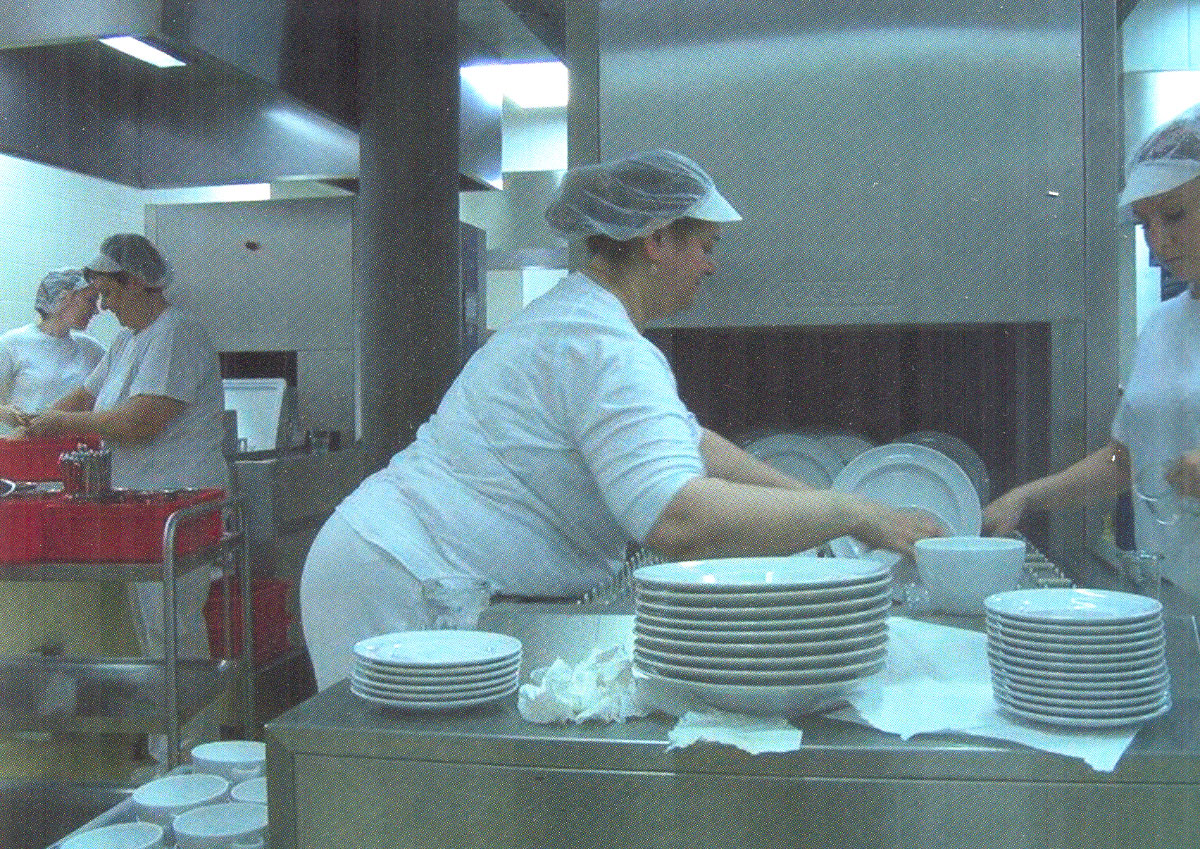
![Sanja Iveković, Ona prava. Biseri revolucije [The Right One. Pearls of Revolution], 2007–2010, courtesy the artist and Gallery 1 Mira Madrid](http://www.dreamideamachine.com/web/wp-content/uploads/2022/10/sanja-ivekovic-perlen-der-revolution.jpg)
![Sanja Iveković, Pourquoi un(e) artiste ne peut pas représenter un État-nation [Why an Artist Cannot Represent a Nation-State], 2012, video still with Rada Iveković, photo: Marko Ercegović, courtesy the artist](http://www.dreamideamachine.com/web/wp-content/uploads/2022/10/sanja-ivekovic-why-an-artis-cannot-represent-a-nation-state-foto-marko-ercegovic.jpg)
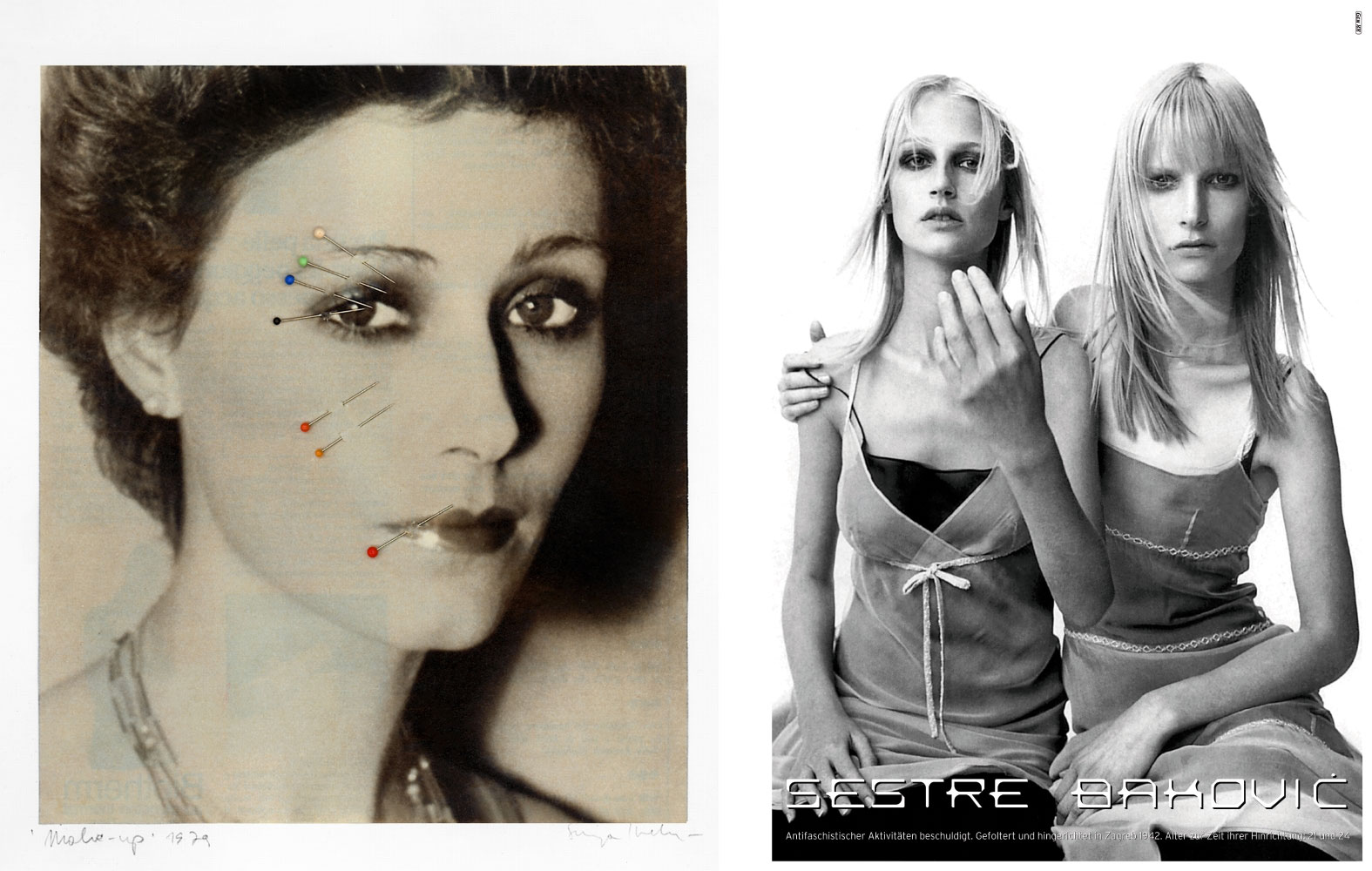
Right: Sanja Ivekovic, GEN XX (Baković sister), 1997–2001, courtesy Sanja Iveković and Gallery 1 Mira Madrid
